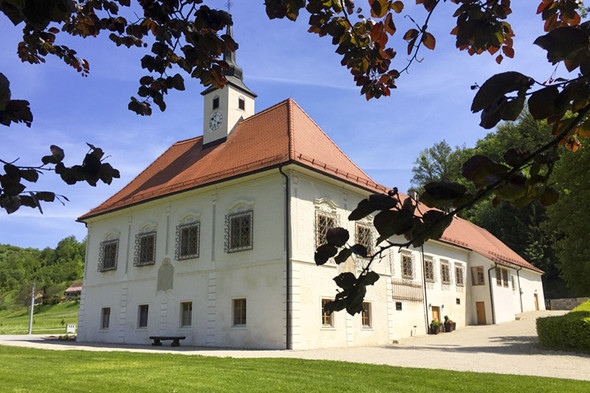It was probably one of this year’s best surprises that the Hungarian wine magazine Pécsi Borozó delegated me to participate in the event named Salon Sauvignon, an event on its way to become a tradition in Slovenia. I had been to Ptuj before, this small town hosting the event but I’ve never visited the monastery, the actual venue. While preparing for the journey I tried to brush up what I know of the region and its history and also re-read one of Jože Hradil’s novels. But is it sufficient at all when one is about to travel to the north-eastern part of Slovenia, the so-called Slovenian Steierland?
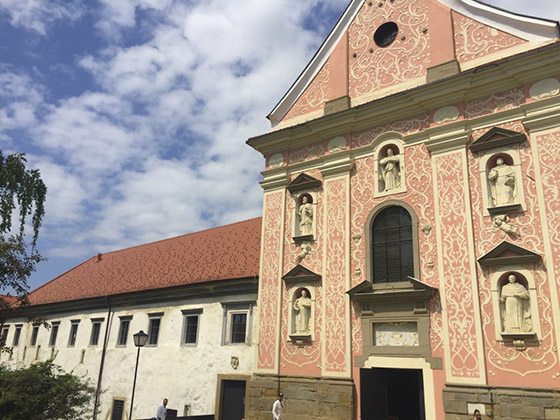
As the legend goes, when in 461 in the Roman camp situated where Ptuj lies today, Romulus Augustus (whose nickname Augustulus stuck) was born, the area had been a part of the Roman Empire for already 446 years and nobody even suspected that the youngster called Momylos (meaning “little disgrace”) by some Greek historians would enter the history books as the last Roman Emperor and thus would cast a dark shadow over his presumed hometown for hundreds of years. And why did I mention Steierland? This is thanks to the 640-year long Habsburg rule of the region which belongs to Slovenia today and to Ladislaus IV (Kun), king of Hungary who sided with the almost unknown knight called Rudolf Habsburg, not the powerful King Ottokar II of Bohemia in the second battle on the Marchfeld.
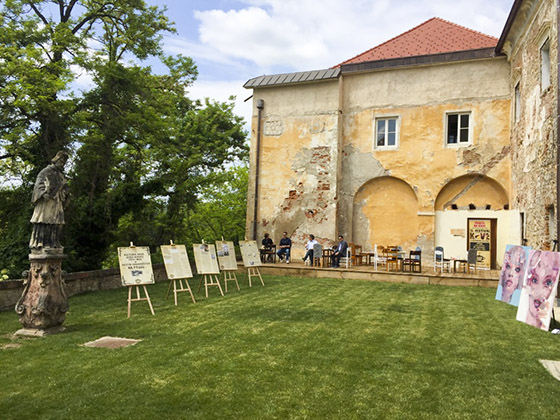
But that’s enough about the history. Let’s focus on our original business: wines. Prior to Salon Sauvignon, the organizers had invited me to a wine tour starting in Sentilj located near the Austrian border. The director of Hotel Mond had two surprises in for me: the first one was an invitation to a wine tasting, the second one the fact that two-thirds of the wines were Austrian not Slovenian. He explained to me laughing that the local residents were more proud of their region that their nationality, so depending on their mother tongue they were primarily residents of Štejarska or Steiermark. Evidently, he would introduce us the wines of both nations.
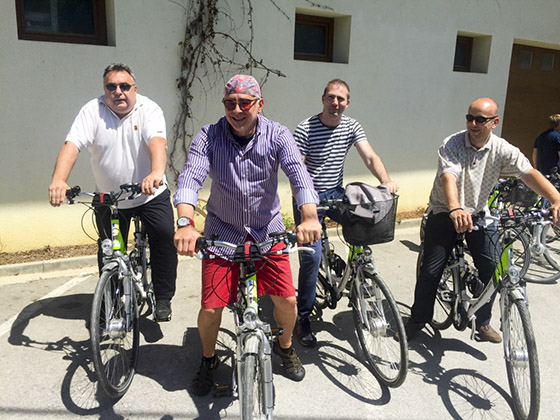
On the Slovenian side, Dveri-Pax stands out of regional cellars both because of its wines and its wonderful, 80-year-old estate centre. The star winemaker of Austria, on the other hand, is undoubtedly Manfred Tement. It was a great experience to ride along the hilltops with terraces of vineyards stretching below and thanks to the electric drive we had no trouble riding uphill. At Winery Mulec it was the red aerated sparkling wines and jams that were memorable, while the sparkling wine and the photo exhibition were great at the Dopplers’.
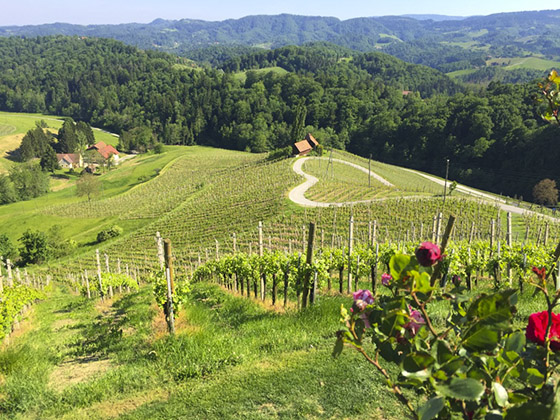
Upon visiting the Dreisiebners, not only the wine but also Slovenia’s heart-shaped winding road did we love – a sight that really everyone must see. We ended the day in Valdhuber cellar offering the most consistent wines and finally, in Maribor we saw the oldest vine in the world, which is nearly 400 years old.
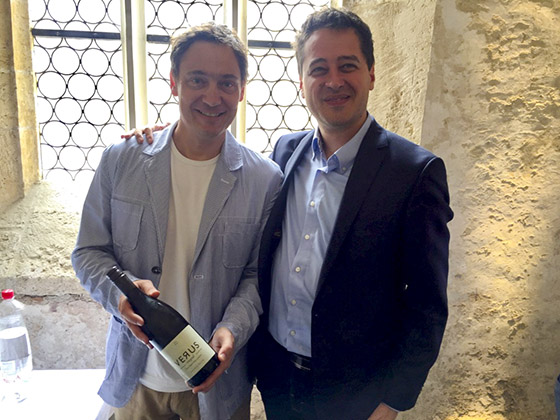
The next day, after visiting the Ptuj Wine Cellar, we went to cellars closer to the Croatian than the Austrian border, but the Steier pride still lives there strong and it also turned out that the wealthier Austrian farmers own lots of vineyards in Slovenia and a part of their wines is made from the grapes grown here. The gala dinner also had a surprise: a vertical line of sauvignon blanc wines dating back to 1971 with the oldest vintage respected only for its age, but the 1986 vintage was also loved for its quality.
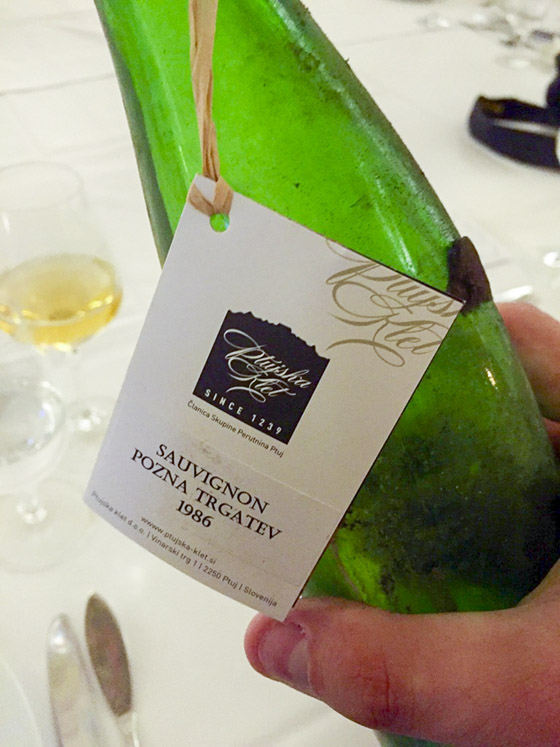
On the closing day the Slovenian Verus Winery was the best – besides the venue of Salon Sauvignon – but the Sauvignon Blanc of Péter Benedek of the Hungarian Epreskert had its moments, too. I only regret that this event did not coincide with the Days of Poetry and Wine Festival organized in Ptuj at the end of August where this year Hungarian poets, including Kriszta Tóth were the guests of honour. Next year, with God’s help, I’ll check in from there, as well.



